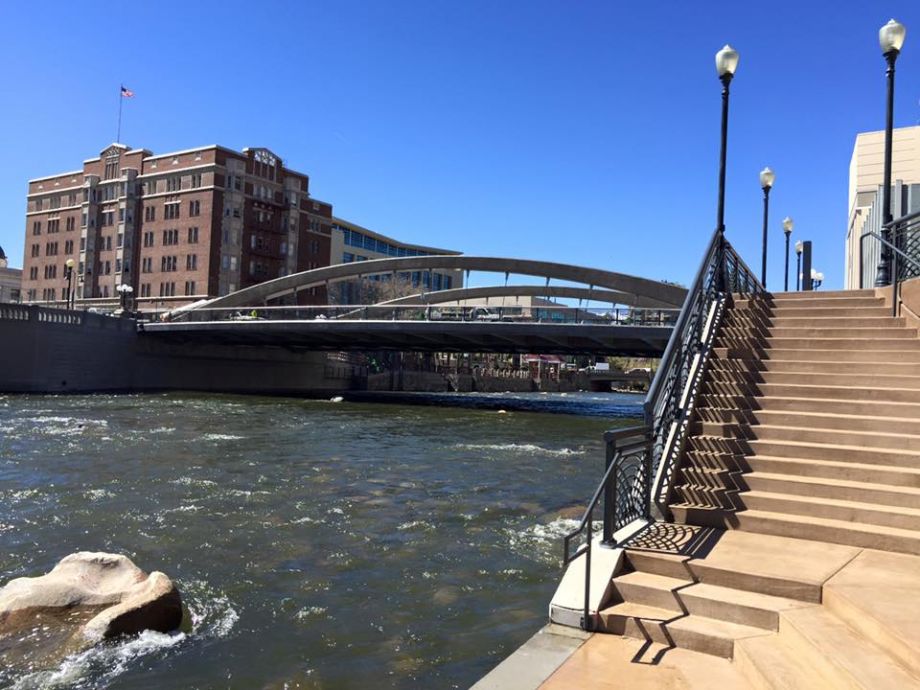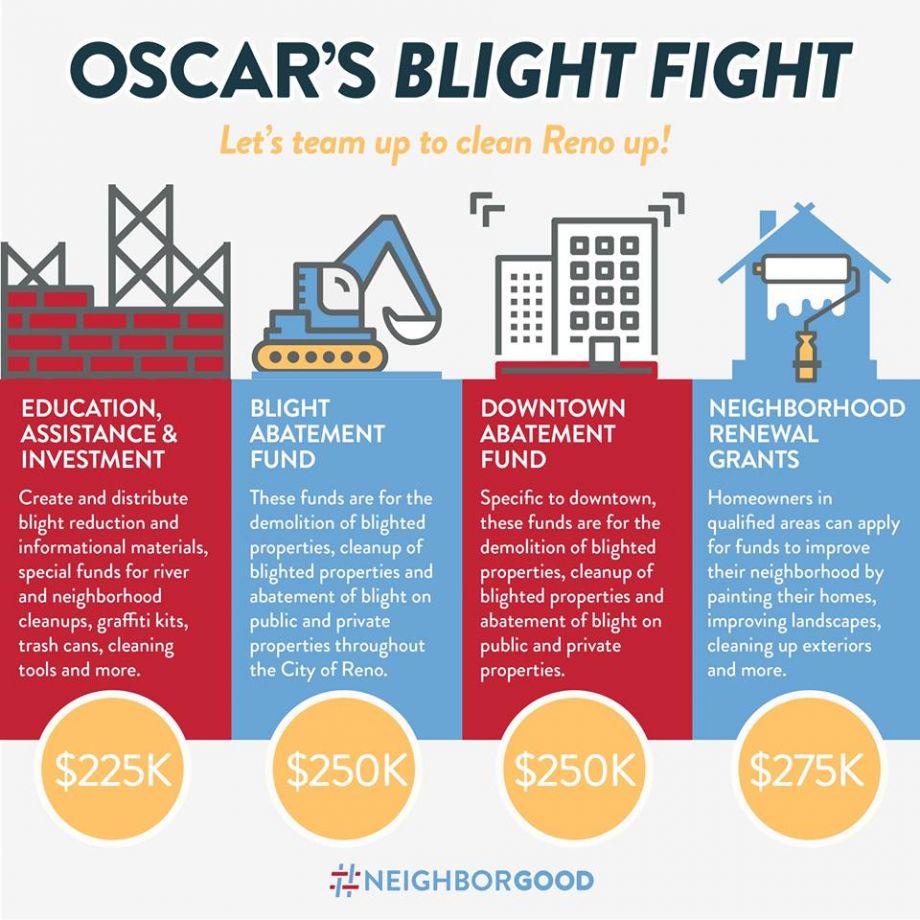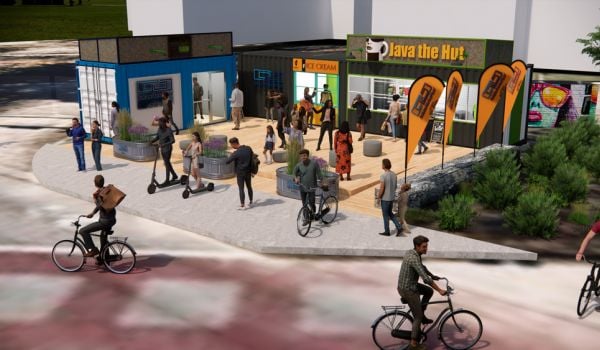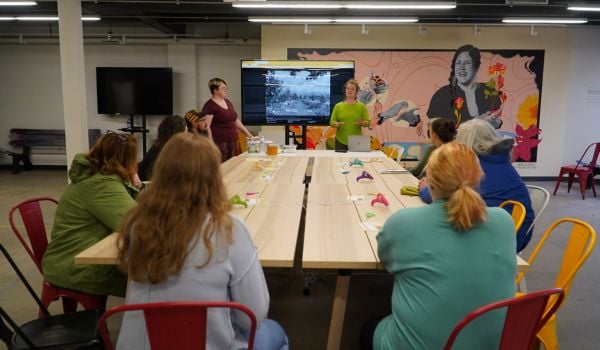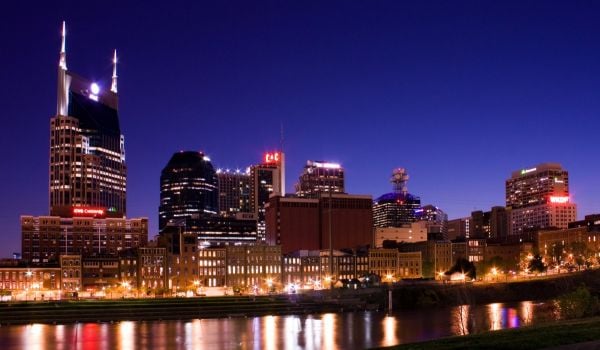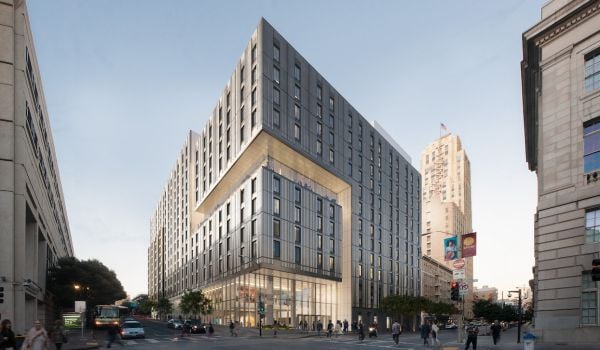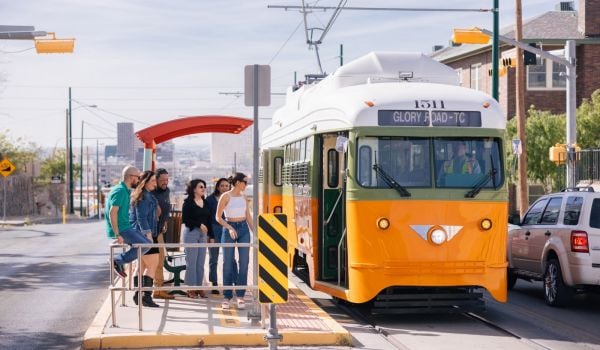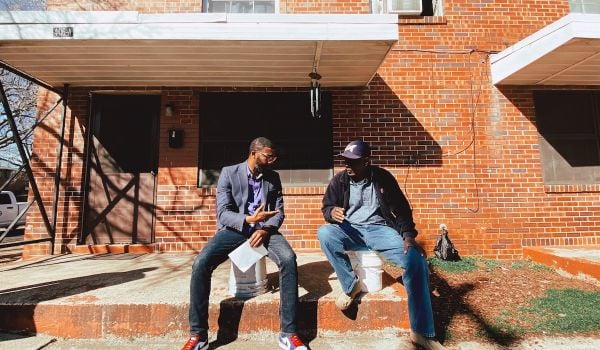The biggest little city in the world is going through some not-so-little big shifts.
In 1990, the hospitality industry accounted for 26 percent of jobs in and around Reno, Nevada. Today it’s just 17 percent, driven by the Great Recession as well as the longer-term, slow decline of the Nevada gaming industry.
Meanwhile, the tech industry is making huge moves in the area. Apple started a wave, moving in with a data center just outside Reno in 2012, part of its own plan to spend a billion dollars around Reno in the following decade. The company even built a solar energy plant just to power the data center. Earlier this year, Apple filed paperwork to building a second data center nearby. Tesla, the electric car manufacturer, is building a $5 billion “gigafactory” in the area.
The city wants to make sure that the benefits of the emerging reincarnation of the Reno economy get distributed equitably. For many, including Vice Mayor Oscar Delgado (who’s a Next City Vanguard), that starts with dealing with blighted properties all over the city, from downtown to neighborhoods on the outskirts.
“Think about the kids that have to walk past some of these blighted properties on their way to school, how that starts to impact them psychologically, socially about where they reside and the pride in that,” says Delgado, who grew up in the predominantly lower-income Ward 3, which he also represents on city council. (Reno has a strong city-manager type government, in which mayor and vice mayor are also city council members.)
The city has long had issues with slumlords, according to Delgado, because of a lack of public resources. The city would issue warnings and orders to bring properties up to code, but never had the resources to go in and do the demolition work itself (issuing a lien for property owners to pick up the bill later). With no real threat from the city, negligent property owners let things slip. It was one of the first issues Delgado began working on, after being elected to council in 2012.
“A lot of the people that live in my ward are renters, they’re not homeowners,” Delgado says. “We have families paying rent, every month struggling to pay that rent, yet the conditions they live in aren’t up to standard.”
Last year, city council finally set aside a blight abatement fund of $790,000 for demolition and cleanup of troublesome properties, and abatement of blight on public properties. “Since we’ve put that in place, almost a year ago now, we’ve seen four or five properties across the city that, now that we have the leverage, and our staff feel like they now can have teeth to do something, property owners have now taken it upon themselves to now demolish or bring buildings up to standards,” Delgado says.
Thanks in part to a $10 million budget surplus in 2015, the city has dedicated even more resources to the issue. Specifically, another $1 million, which Delgado has divvied up four ways, starting with an additional contribution to the general citywide blight abatement fund.
Another part of the $1 million will go to education assistance and investment. The city will distribute blight information materials, graffiti kits, and cleaning tools, install new trash cans (the solar-powered compactor Bigbelly receptacles now seen in many downtown areas), pay local artists or nonprofits to create murals, and fund riverside and neighborhood cleanups.
Some of that $1 million is also set aside for “Neighborhood Renewal” grants, which will go to homeowners in qualified areas who apply for funds to repaint homes, improve landscapes, clean up exteriors and more. It will also be open to community groups, like churches, to apply for grants to improve community spaces. “If it’s a community asset that would provide more opportunity, I’m more than happy to champion something like that,” Delgado says.
All of the $1 million must go into areas that would otherwise qualify for federal community development block grant (CDBG) funding, which is on the retreat ($2.5 billion in CDBG funding cuts since 2010, nationwide). “But I would say this is not so much to replace CDBG funding, what we’re trying to do here is leverage what we’re still getting,” Delgado says.
For example, Reno dedicated a portion of its CDBG funding to create the Reno Accelerator Fund, which invests in local startups like Under the Rose Brewing Company. Located along the 4th Street Victory Way Corridor, Under the Rose now supplies more than 25 locations in Reno. The Reno Accelerator Fund investment allowed them to higher-margin brews for sale at Whole Foods and Costco. (Next City’s annual Vanguard conference was held in Reno in 2015, and attendees envisioned a creative rallying of the community around the Corridor’s development, an idea that’s being implemented in the city tomorrow.)
Some of the $1 million in blight revitalization funds will go toward blight abatement and demolition specifically in downtown Reno, which includes 4th Street Victory Way. “By putting in a new streetscape and having the blight removed, there’s overlapping successes there,” Delgado adds.
Those efforts are being coordinated with a broader vision for downtown Reno, aided by a visit from planning experts from the Urban Land Institute. The plan centers on Virginia Street, where Reno’s casino strip is located, and maps out blight abatement needs and revitalization opportunities to create a walkable, unified downtown area meant for locals instead of tourists.
“Our downtown was really developed for tourists,” Delgado admits. “Now we’re saying, ‘what are some broader uses.’” Pedestrian-friendly streetscapes and dedicated space for local businesses are all part of the conversation. Reno Startup Row is also along the corridor, focusing on local tech startups.
“What we can do is work with property owners and say if we’re able to clear out some of these blighted properties, it would then be more appeasable to investors coming into town,” Delgado says. “Our hope is once these properties have been cleared, we can get investors to meet with property owners and get some of these projects kicked off.”
Delgado and his city council colleagues are also taking on the challenge of making sure historically underengaged groups have a seat at the table in those deal-making discussions moving forward. “If you’re not at the table then you’re on the menu,” Delgado says. “That’s been a conversation and idea from the past. We want to make sure there are representatives at the table for these decisions. We’re very sensitive to that.”
The Equity Factor is made possible with the support of the Surdna Foundation.

Oscar is Next City's senior economic justice correspondent. He previously served as Next City’s editor from 2018-2019, and was a Next City Equitable Cities Fellow from 2015-2016. Since 2011, Oscar has covered community development finance, community banking, impact investing, economic development, housing and more for media outlets such as Shelterforce, B Magazine, Impact Alpha and Fast Company.
Follow Oscar .(JavaScript must be enabled to view this email address)


